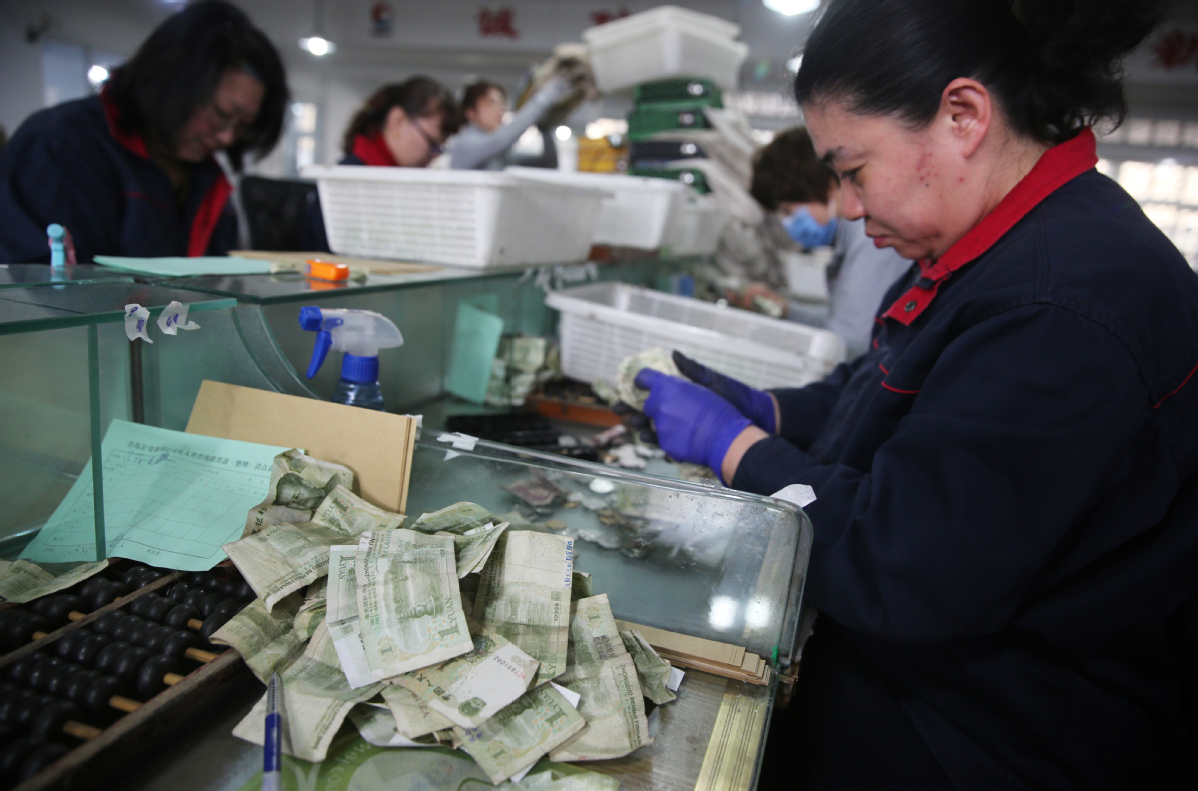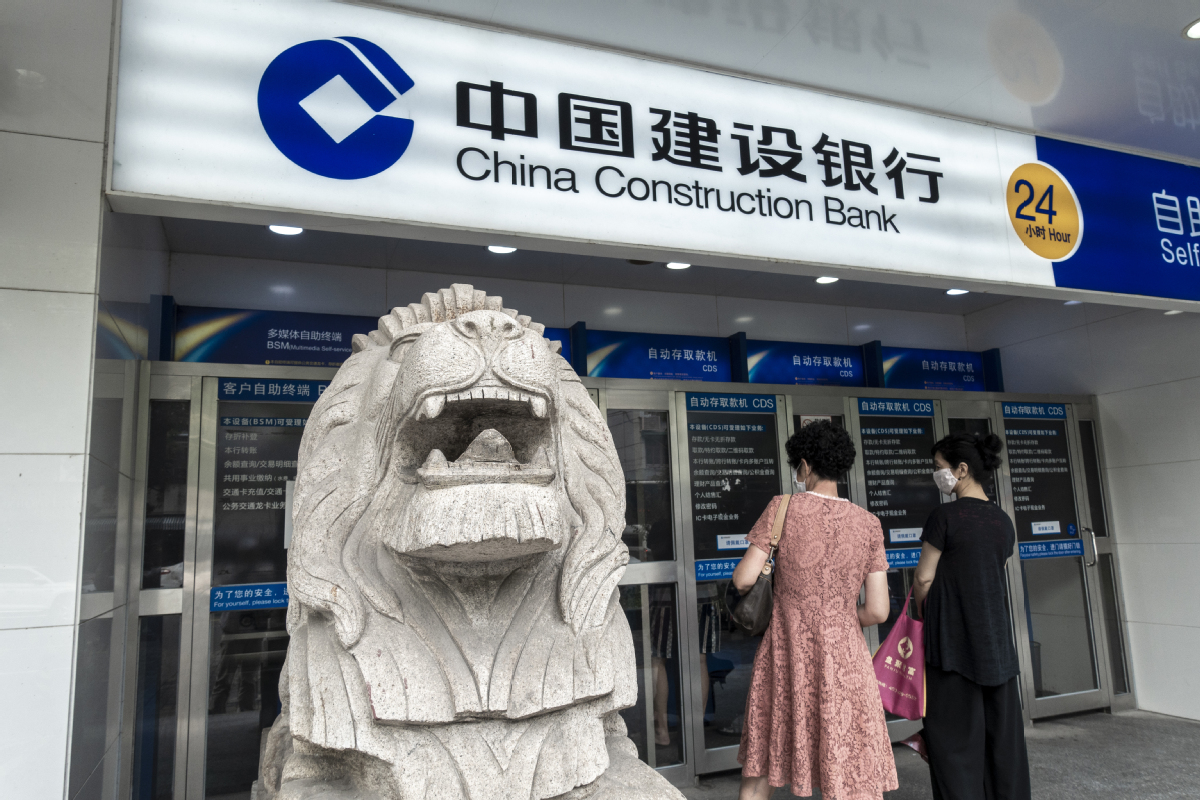Digital currency to change financial world
Digital currency, especially that issued by central banks, is poised to challenge existing payment methods by offering faster and more convenient ways to settle transactions.
Workers sort cash at the central bus station in Qingdao, Shandong province. [Photo/For China Daily]
In April, a meeting of the PBOC chaired by Fan Yifei, the bank's vice governor, discussed ways to improve the ability to assess cash supply, in order to satisfy various demands when the digital economy is fully developed.
With research and development of the bank's digital currency continuing, the meeting called for improved reforms to the nation's cash issuance and withdrawal system amid declining use of physical money.
According to a PBOC report, in the first quarter of this year, commercial banks in China recorded mobile payments totaling 90.81 trillion yuan ($13.59 trillion), a year-on-year rise of 4.84 percent.
The use of ATMs has declined in China. [Photo/For China Daily]
Meanwhile, as of the end of March, the number of automated teller machines, or ATMs, in China had fallen to 1.08 million, down by 14,700 from the previous quarter, indicating reduced demand for cash withdrawals from such terminals, the report said.
According to financial experts, the trend toward a cashless society is gaining ground through smartphone-enabled digital payment solutions and mobile wallets, along with the use of credit cards, online transfers and settlement by direct debit.
The number and value of noncash transactions in China have risen steadily in recent years. Last year, the country's financial institutions processed 331.02 billion non-cash payments, up by 50.25 percent year-on-year. These transactions were worth 3779.49 trillion yuan, a rise by 0.29 percent from a year earlier, according to the PBOC.



